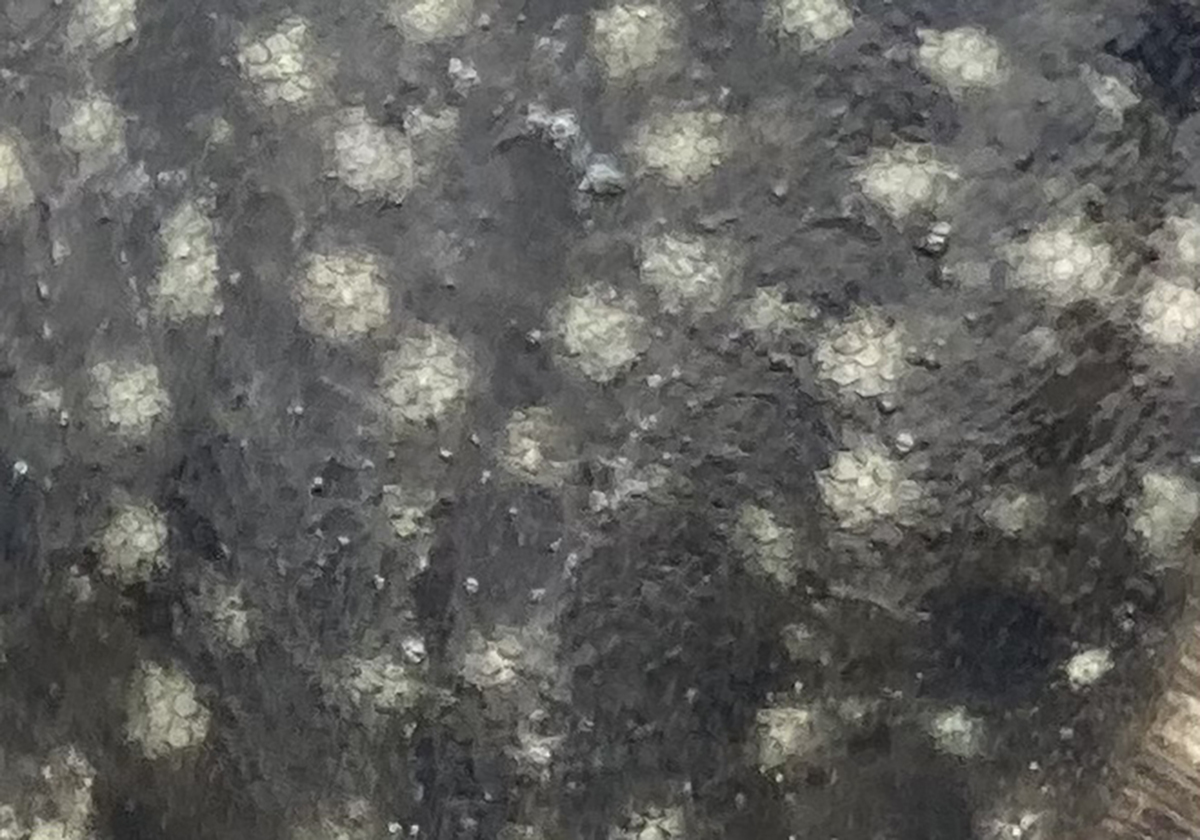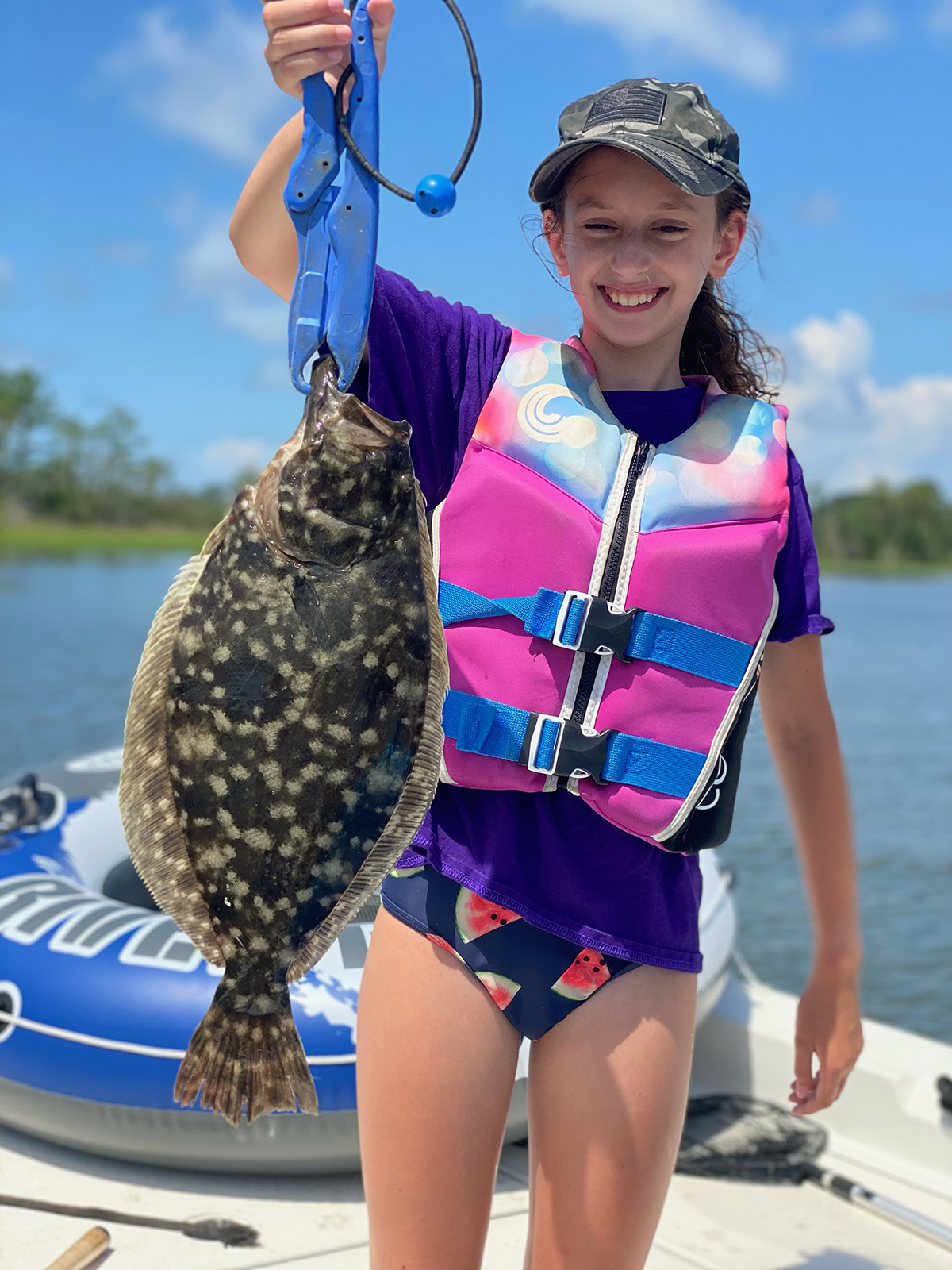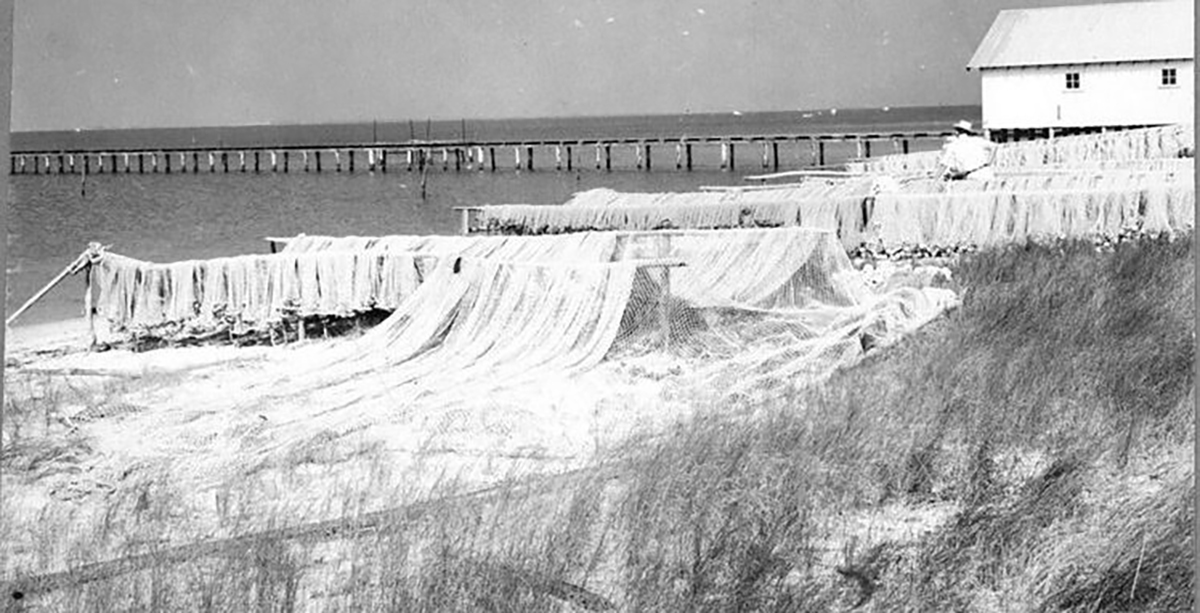
There’s a certain fish that most inshore anglers are thrilled to catch.
Is it a spectacular battler that excites with amazing acrobatics? No. Does it run in huge schools and provide a spectacle of nature? No. Does it grow to huge sizes and fight so hard it might pull you into the water? Not even close. Does it make people happy when you bring home a big bag of fillets? Yes, that’s the one.
Supporter Spotlight
Of course, we are thinking about flounder. This bottom dweller that is rarely seen, that makes no fuss and doesn’t provide any kind of memorable antics or theatrics when hooked, is a fish that nonetheless provides hours of angling enjoyment and gets loads of people on the water. Why? It’s simply the fact that people love to bring them home for a tasty fish dinner. They can be prepared in a myriad of ways, as simply or complicated as we can imagine, and always please.
With the upcoming season, it seemed like a good idea to take a look at some effective methods to target these tasty flatties, how to prepare them to bring home and of course good ways to bring them to the table. I talked to a couple of coastal North Carolina charter captains who specialize in bringing these tasty critters boatside to see what we could learn.
Capt. Rick Patterson of Cape Crusader Charters in Morehead City specializes in fishing the inshore waters. You’ll find him in the marshes, creeks and sounds pursuing trout, red drum and, of course, flounder. He does things a certain way because of this. He finds that fishing around hard structure gets bites. Docks and oyster bars seem to be pretty popular flounder hangouts.
Much of the time he will be using a Carolina Rig with a live finger mullet. Slide a sliding egg sinker onto your line, just heavy enough to reach the bottom in your depth and current. The real pros then put a sliding bead onto the line and then tie on a swivel. The bead protects the knot that you tie to the swivel from being abraded by the egg sinker. Next attach about 2 feet of leader line. I have always used 40-pound test to protect from bite-offs from bluefish and other toothy critters. Finally attach a hook.
Many people are still using the traditional style hooks such as O’Shaughnessy types, size 2/0 or 3/0. However, the better option for live bait fishing is a circle hook. These hooks end up in the corner of the mouth and allow for safe release of undersized fish. Let the fish run with the bait, then simply come tight. The hook will find its spot and you’ll have a fish on. Capt. Rick also adds that he catches a lot of flounder around his regular areas using a live shrimp under a popping cork. A popping cork is a float that you attach to your line ahead of your bait. It floats on the surface and when you pull your rod tip with a sharp snap, it makes a noise on the surface similar to what a shrimp sounds like when it’s jumping. This attracts all manner of inshore fish and works on flounder, too.
Supporter Spotlight
Capt. Rick also says, “Docks are definitely a place where you can really catch a big fish inshore. My biggest flounder have all come from docks.”
His favorite docks are ones that have been around for a while. These have more growth on them, attract more small creatures and in turn have more large creatures. He also prefers that they have a bigger boat on a lift, which means deeper water on the end. Some good current is a plus and the best time to fish them is at low tide. The fish will sit in that deeper spot off the end. He’ll keep his trolling motor on and make a few casts into the hole.
“Most of the time, if the fish are there, you are going to catch one in the first few casts,” he adds.

Big flounder can also be caught offshore around reefs and wrecks. I asked Capt. Will Gillikin of Local Knowledge Charter in Atlantic Beach how to do it. He likes to use a Carolina Rig, but he changes a little bit, he fishes a heavy main line and uses a 25-pound leader so when he gets snagged he can easily break off the hook without losing his rig, tie on a new one and be back in action.
“Flounder has been my favorite species ever since I was a kid growing up in Morehead City,” he says.
Gillikin used to spend his summer days drift fishing the waters between the Morehead City waterfront and the Atlantic Beach bridge. Now the artificial reefs and wrecks that are all along our coast are his preferred spots. Flounder like to hang around the edges of the structure and he will drift fish around these areas with a live finger mullet.
A little added method that I, and many others, like to use is to bottom bounce a 2- or 3-ounce bucktail jig tipped with a soft plastic tail of some kind. Flounder will hit these after you lift it up from the bottom and it sinks back down again. It’s pretty common to catch fish over 20 inches long doing this.
Back at the house …
Now for the reason we all go flounder fishing: what do we do with them when we get them home.
Fillet the fish in whatever manner you choose. If you’ve never done it before, check videos on the internet, there are like a million (or so it seems).
Get your fillets in a dish and prepare three bowls and another dish. In the first bowl put some flour, in the second bowl, lightly beaten eggs, in the third bowl, panko-style breadcrumbs. Roll in flour, dip in egg, then the breadcrumbs. Move to a clean dish.
I like to fry outside in a large, cast-iron Dutch oven over the flame of a turkey fryer. Get your oil up to 375 degrees. Use a thermometer. When you drop in the fish, the temperature will reduce but then begin to climb again. Maintain control of your heat source to keep it below 375.
Remove the fish when they are literally golden brown. They’ll be perfectly cooked through. Add kosher salt while still hot. Serve on a bun with homemade tartar sauce (mayonnaise, pickle relish, dash of mustard) and a slice of cheese.
Or just eat it while it’s still sizzling.







